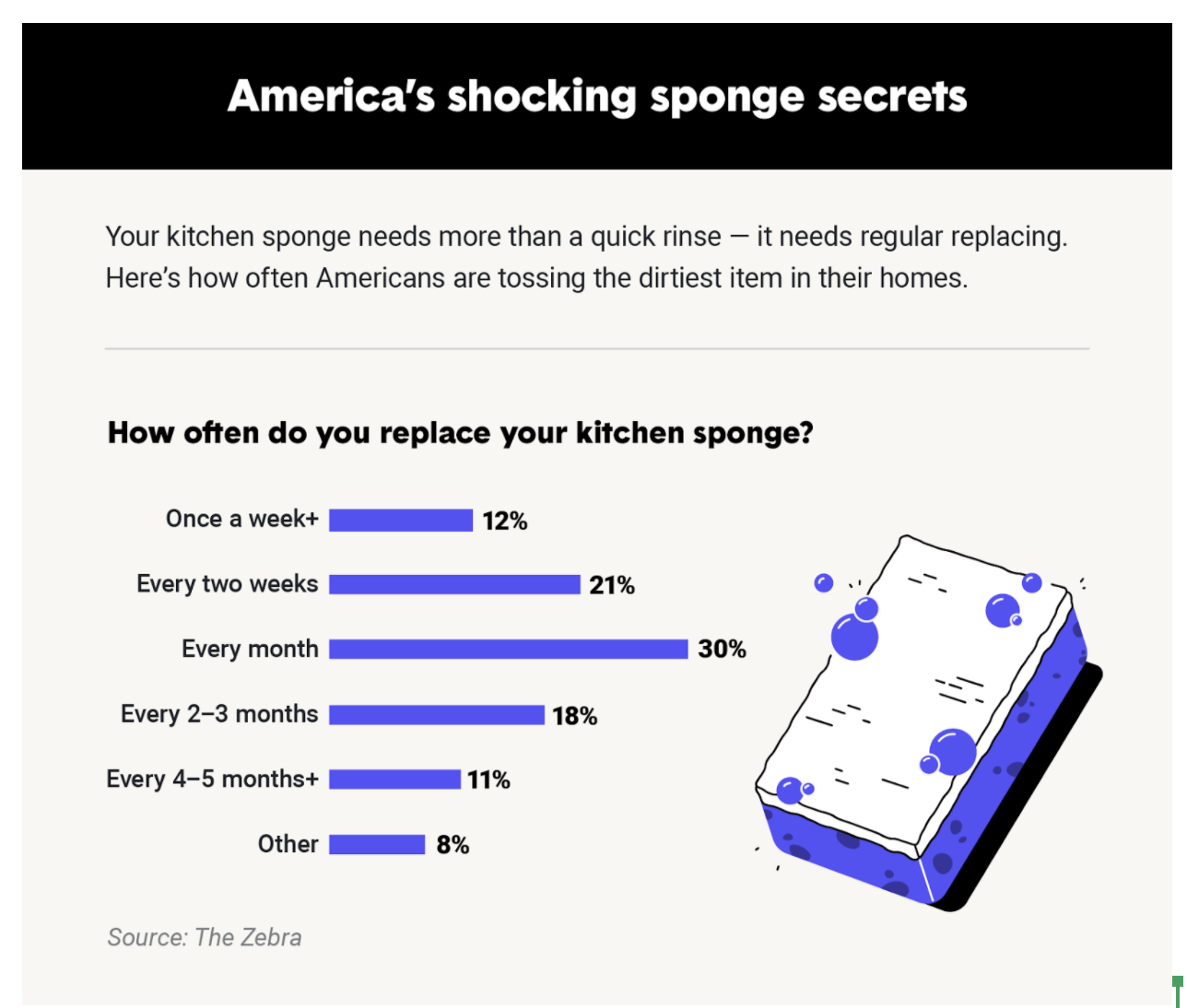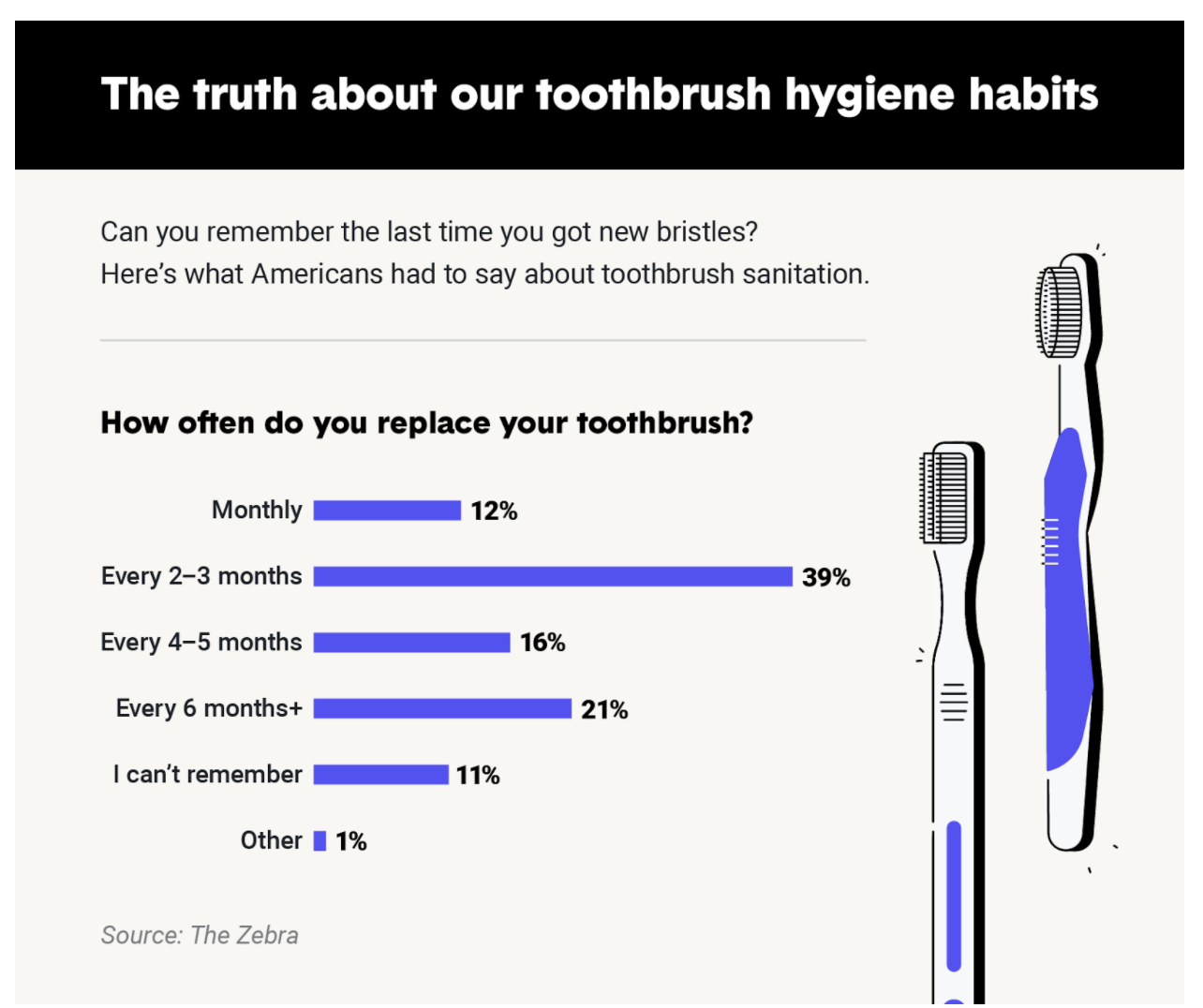Filthy Household Habits: Items you NEED to replace more often


By Mike Floec
Fighting off germs can sometimes feel like an unending war. We’ve all spent so much time in our homes in the last year to avoid a virus. However, with more than 9,000 bacteria species hiding in plain sight in your home, the truth is you can get sick while staying home quite easily—that is, unless you take necessary precautions to keep your home as clean as possible.
To win the war on germs, you can’t neglect them. Bacteria growth is extremely common in the spring and summer, so if you embark on a spring cleaning endeavor that doesn’t quite catch all the nooks and crannies, you might miss bacteria colonies that will continue to grow the rest of the year.
Bacterial build up is not only bad for your health and your piece of mind, but it can negatively affect the structural integrity and resale value of your home, causing your home insurance rates to spike. Gear up to de-clutter, de-germ, and defeat the bacterial forces in your home by following this household item replacement guide for 23 everyday objects you use at home.
Bacterial Stats That’ll Make You Shiver
Do you remember when you last replaced your toothbrush? How about the last time you swapped out your grimy kitchen sponge? If you can’t answer these questions assuredly, you’re definitely not alone: millions of people can’t seem to remember when they last changed out these bacteria hotspots.
If you think you should go another day without buying a new sponge, think again: common kitchen sponges can be home to 54 billion bacterial cells (yes, that’s billion with a B) and over 360 different varieties of bacteria. Since you can’t effectively clean a sponge with any method (even bleach), it really should be time for it to go.
These statistics were uncovered in a recent study, conducted with Google on behalf of The Zebra. Just to send shivers down your spine with a preview: your kitchen sponge is actually dirtier than your toilet seat!
Kitchen Sponge Statistics

Â
54 billion or more bacterial cells can be found on the average kitchen sponge.
60% of people wait more than four times longer than recommended to replace their kitchen sponges—just think of all that bacterial growth!
Only one-eighth of people replace their kitchen sponges as often as recommended.
Toothbrushing Statistics


One-eighth of survey respondents don’t know when it was that they last replaced their toothbrush.
One-fifth of people hadn’t replaced their toothbrush in more than six months.
Other Household Item Replacement Stats to Make You Cringe
29% of people have never replaced an air filter in their home—this is a serious threat to your health and your ventilation system, as it can cause severe backups and other problems.
80% of people take one regular medication, but few actually throw away expired meds. This can be extremely hazardous to your health.
How Often Should You Replace Household Items?
If you find yourself among the statistic groups mentioned above, don’t fret. Most of the population finds themselves there somewhere. These filthy habits are exceptionally common, which is no excuse, but rather an indicator of how important change is. We mentioned a household item replacement guide already, but we also have a PDF version that you can download for free (find that here).
Don’t catch yourself getting sick with a bacterial infection just as lockdowns are lifting and society begins to return to pre-COVID splendor. Make your spring cleaning count and get a jump on replacing these household items today! If for nothing else, do it for your health.
Author Bio: Mike Floeck is a content creator who crafts meaningful stories with eye-catching data. His passion for creative digital storytelling allows him to write about unique topics ranging from insurance to lifestyle and beyond.





